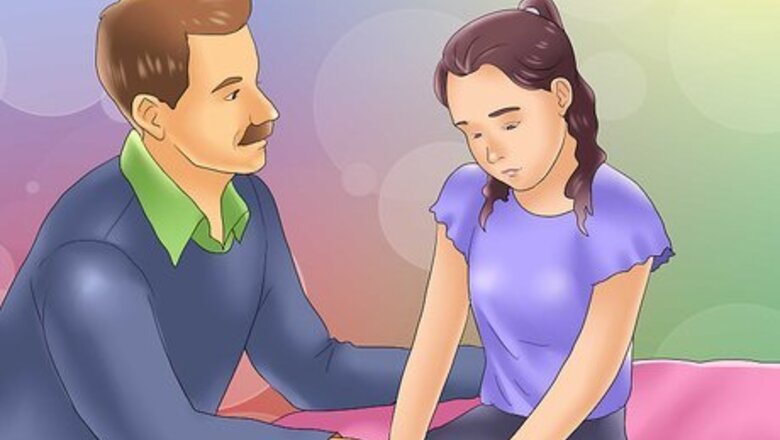
views
Disciplining Non-violently
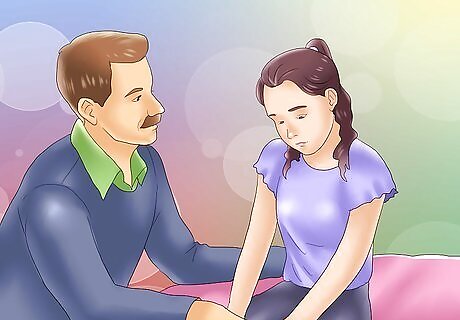
Start small. Don't immediately hit your child if you see them doing something you dislike. Talk to them first, and try a non-violent method of discipline. If you decide to spank a child, it should only be as a last resort, after all other methods have failed. Conditional spanking (a mild spanking after a 2-to-6-year-old child has defied a less extreme form of discipline) is less risky than spanking as a first resort, according to some studies.
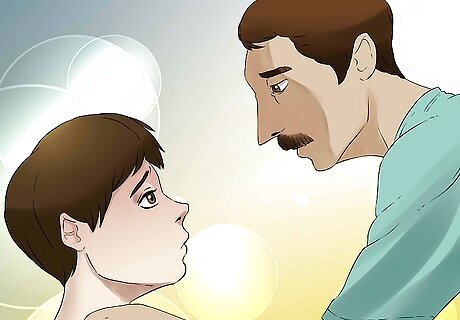
Ask the child calmly why they did what they did. The child may not have realized that what they did was wrong, or maybe you misunderstood what happened. Talking can help clarify the situation: either helping the child realize why their decision was a bad one or helping you realize that your child didn't misbehave after all. If you're too upset to be calm, say "I'm upset, I need a break to calm down." Walk out of the room and take some deep breaths. Then come back.

Talk to the child about the consequences of their actions. Older children can self-reflect and realize why something is wrong. Ask them how they think other people feel about what they did, or what their actions caused. You can use non-violent communication and "I" phrasing for scripts like "When you ____, I feel ____." For example: "How do you think your sister will feel about you breaking her toy?" "When I didn't see you in the store, I was scared. I need you to stay close by so I know you're safe and not lost." "How do you think Dad felt when he had to clean mud out of the bathtub?"

Consider whether the child needs to be punished at all. Not every learning opportunity needs to involve punishment. For example, if your child resolves to do things differently after a conversation, then there's no need to punish them; they learned on their own. Sometimes, it's you who needs the learning opportunity. Perhaps you expected too much of your child, or put them in a stressful situation that they weren't able to handle calmly. Kids don't always have the emotional tools to handle stress in a mature way. Try letting it go this time, and keeping your child's limits closer in mind next time.
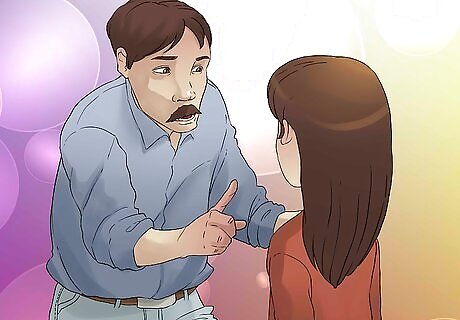
Look at non-physical consequences. Firmly and patiently tell them what needs to happen. Spanking should never be a first resort, and there are other ways to handle misbehavior. Firmly say no. Give a short, clear response to them in a stern voice. For example, "We do not throw snowballs at people's faces." Logical consequences. Tell the child to clean up a mess they made, fix something they broke, or pay for a broken thing they can't fix. This teaches them to fix their own mistakes. (If they are too young to clean or pay for it, you can do it together with them.) Give a choice. Let the child choose between two or three options that you are okay with. For example, if your child is resisting getting dressed, say "You can put on your shirt first or your pants first." Making up. Have the child make amends if they wronged someone. For example, if your son said something mean to his sister, ask him how he could make it up to her by doing something nice for her. Offer suggestions if your child is struggling to think of something (e.g. "you could make her a card"). Time outs. A time-out should last roughly 1 minute for each year of age (e.g. 2-minute time outs for a 2-year-old). Removal of privileges. For example, if your child keeps pushing people while playing, take the toy away for now and tell them why. Natural consequences. For example, if your child did not put their team uniform in the laundry hamper and is not ready for the game as a result, that is a natural consequence.

Give yourself a time-out if you get angry with your child. Parenting is hard, and it's normal to get frustrated or mad sometimes. If you feel like you're going to explode, step out of the room to calm down. You can discipline your child once you are level-headed. Tell your child, "I am so mad, I don't know what to do! I am going to take a break to deal with my emotions."
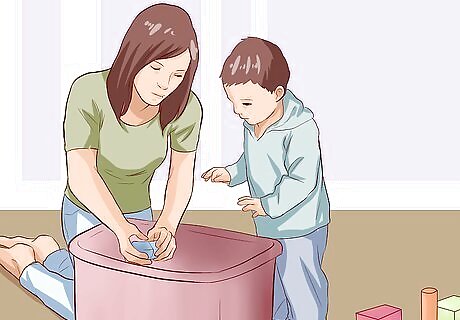
Help a child who is struggling to do what you ask. Sometimes, if a child isn't following a rule often, it's because they're having a hard time (not because they want to be disobedient). Ask "Why is it hard for you to ____?" and listen to them explain why they struggle to follow the rule. Then, work together as a team to help them work on doing what they need to do. If your child struggles with cleaning their room, it might help if you do it with them.
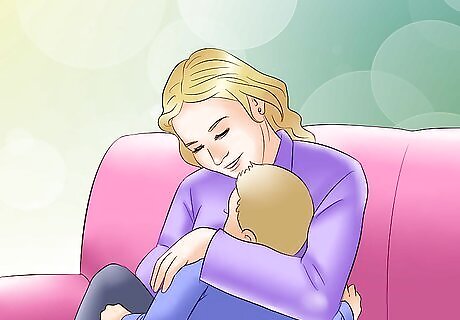
Talk to a child about how to behave better next time. Sometimes, kids misbehave because they just don't know better. Try asking the child "What would be a better way to handle that?" or suggesting some ways that they could handle a similar situation next time. Talking it out may help the child understand what to do instead in the future. If the child agrees to do things better next time, then you may not need to punish them at all. Or, implement some reasonable logical consequences, like having them clean up their mess or apologize to someone they treated unfairly. What matters is that they learn, and punishment often isn't necessary for learning.

Praise the child for good behavior. Let them know that you appreciate it when they behave well and help them feel good about it. This motivates them to do it more often. Here are some examples of good praise: "I saw you being so patient waiting for your turn on the swings! You did a really good job." "I noticed you playing so nicely with your brother. I saw that you aren't hitting him anymore because you know better now. You are growing up into such a kind person." "Thank you for putting on your shoes so quickly! Now we will have even more time at the park because you are ready early."

Be a good role model. Your child learns how to behave by watching you. Act the way you want your child to act, even if you aren't sure that your child is paying attention. Over time, your child will pick up on your habits. Avoid hypocrisy. For example, if you spank your child, but then you tell your child that hitting is wrong, your child may be skeptical or confused.
Preparing to Spank
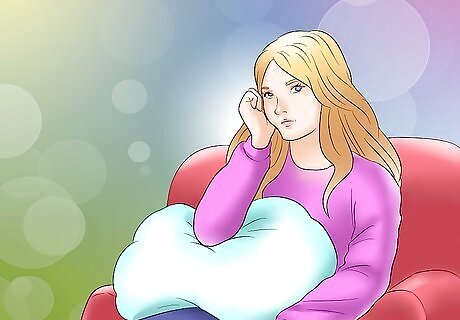
Consider spanking only if you have tried all other options. Spanking should always be a last resort, after issuing non-physical punishments like timeouts, grounding or denial of privileges. Before you announce the spanking, be 100% positive that you need to hit your child. Spanking, even by parents, is illegal in many countries. Even if it's legal in your country, your city/municipality or region may have banned it or restricted it. Recognize that many people consider spanking to be abusive, especially if you hit hard. Never hit hard, use a tool, or leave bruises on a child. Child protective services may be called if people are concerned about you hitting your child, or if your child tells somebody. Read up on alternatives to spanking. Don't spank a child with learning, intellectual or developmental disabilities such as autism or ADHD. This can permanently scar them (and any child, for that matter), especially if they couldn't control their behavior.

Recognize the contemporary research on the consequences of spanking. The vast majority of modern long-term studies have shown that spanking worsens behavior instead of improving it. After a spanking, children can often feel rejected, mistrusted, resentful, and unloved. Instead of learning not to misbehave, they learn not to get caught while doing it and/or lie about it. Children who are spanked, or subjected to other forms of corporal punishment, are more likely to: Have less gray matter in the brain. Develop cognitive disabilities. Develop mental health problems like anxiety and depression. Abuse drugs or alcohol. Distrust/resent other people. Abuse their spouses and/or children. Engage in criminal behavior as they age. Die young.Tip: If this isn't what you want for your child's future, reconsider spanking. The steps in the "Disciplining Nonviolently" section can help you choose a more effective way to change your child's behavior, such as natural consequences.
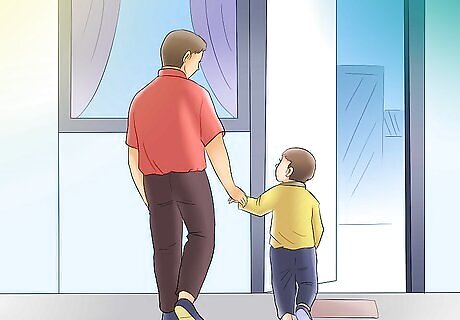
Decide on a private place where the spanking will be administered. Spanking in front of others, especially friends or siblings, can be intensely embarrassing for your child. This can generate additional feelings of resentment that are counterproductive to your child learning better behavior. Privacy is especially important if you spank on your child's bare bottom. Spanking is already harsh. You don't want to worsen it by humiliating your child in front of people.

Warn your child that the consequence of their actions will be a spanking. The child may get upset, angry, resentful, nervous, or even panicked. You should be understanding of these reactions, even if you are firm about the consequence. Crying is very natural before, during and after the spanking, and the child should never be punished for that. Try giving one last warning, like "If you do not let go of her hair by the time I count to zero, then you will get a spanking." This may startle a child into behaving.
Delivering the Spanking

Spank with an open and empty hand, never use a tool. Using anything other than an open hand can be dangerous, and should be avoided. Hitting a child with a belt or an extension cord can cause severe bruising, painful welts, and even lacerations (in severe cases). If you do not think you can control yourself, then leave the room and do not give the spanking.
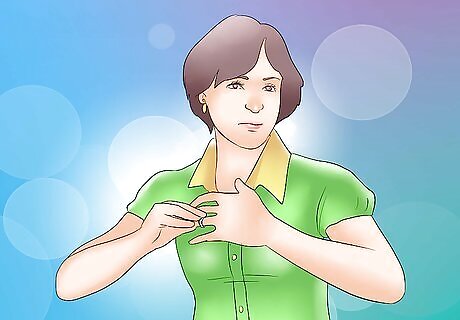
Remove all rings from your fingers. These can hurt your child and be dangerous for your own hands as well. You don't want anything that will obstruct the spanking or potentially hurt/injure your child. Also, consider taking out any items in your pockets that may make it uncomfortable for your child to lie across your lap, and the same goes for your child.

Bend your child over your knee. Bend the child over your lap with their stomach facing down. Make sure that their body has enough support and that they are not strained in any way. Pull down the child's pants and/or underwear, if you choose to spank them partially clothed or on the bare bottom. Then, tell your child to not get up. Let them tell you when they are ready. Warning: if you are considering spanking your child on their bare bottom, keep in mind that while this allows you to visualize any reddening from the spanking and know if you are using excessive force, potential (and more than likely) negative effects include the risk of the spanking being more painful than intended or being emotionally humiliating to the child, especially in younger children. Sexual humiliation from the exposure of the child's private parts is also possible, especially with older children. Tip: If still uncertain, reconsider bare bottom spanking and spank the child fully clothed instead (recommended). Otherwise, as a spanking is humiliating enough, don't make it more humiliating by removing any other clothes than pants and underwear, instead make sure that only the child's bottom is exposed during the spanking.
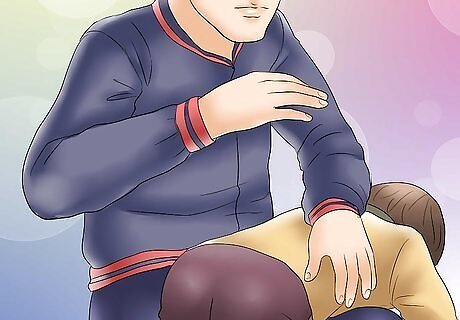
Relax your hand and all your limbs, with one firm hand on their back and one on their bottom. Make sure your child isn't squirming and their legs are locked. Do not talk during the spanking. Save any conversation for after the spanking is done—just get it over with.
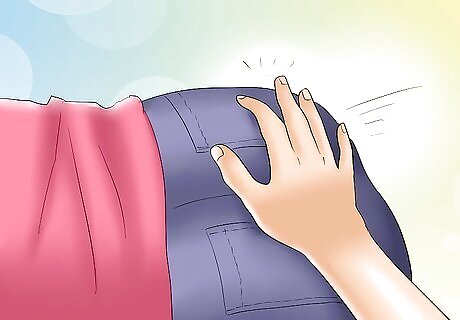
Begin the spanking. Strike the child's bottom gently, never hit hard. It doesn't take a lot of force to successfully discipline your child, and hitting too hard can cause injury or trauma. Instead, try and make the spanking just mildly uncomfortable. Not hitting too hard is even more important with a spanking on the bare bottom and/or younger children. Don't spank while angry, as anger can make you hit too hard and thus increase your chance of causing injury or trauma to the child. Taking a deep breath before beginning the spanking can help. To avoid injury to your child, you should keep a safe distance from the genital area, the coccyx (tailbone) and the kidneys of the child. A spanking should not last longer than 10 seconds. The spanking should be mildly uncomfortable but not painful, so make sure to listen to the child's responses, to know if you are hitting too hard. Pay extra attention if you are spanking on the child's bare bottom: do not leave anything other than mild and temporary redness (if any), and always pull the child's pants and underwear back up immediately after the spanking ends (if you spank this way).

Affirm your child afterwards. Tell them that you will always love them, even when they make bad choices. Emphasize that you think they are a good person who just made a bad decision. Never follow up a spanking with any other kind of punishment - after the spanking should come immediate forgiveness. After a spanking, the child may think that they are a bad person, or that you don't love them. These misconceptions can lead to even worse behavior later on. Don't force the child to receive affection after a spanking if they don't want to. Research shows that being affectionate towards a child after spanking them can actually worsen their anxiety, not decrease it. The child might feel confused and think that the parent is unpredictable. If they want to run to their room and hide after a spanking, let them.












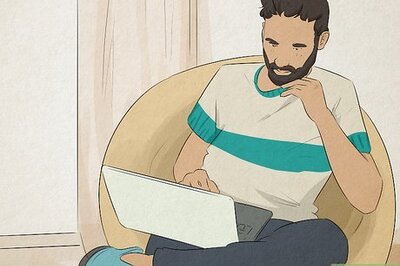


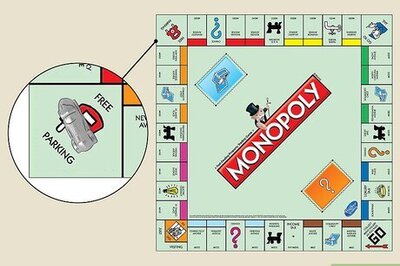




Comments
0 comment